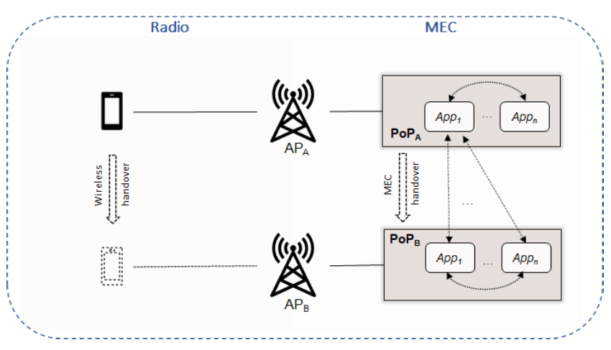Authors: Xenofon Vasilakos, Navdeep Uniyal
To understand the Zero touch network and Service Management (ZSM)initiative, we need to first clarify what service automation is. So, service automation aims at increasing efficiency by automating manual tasks such as those related to network orchestration and service workflows and processes from designing and ordering a service up to delivering a service. Therefore, service automation comes as the means of fulfilling the vision of zero-touch operations for Communication Service Providers (CSPs).
Recognising the above need and a gap in programmable 5G networks, the European Telecommunications Standards Institute (ETSI) has defined the ETSI ZSM group since December 2017 to accelerate the definition of the required end-to-end architecture and solutions.
ZSM is a service and networking paradigm for the 5G era that is definedby “self-*” features without traditional administrator-like human intervention: self-configuration, self-monitoring, self-healing and self-optimisation. These features enable full end-to-end automation of network and service MANagement and Orchestration (MANO) for delivering diverse services by Digital Service Providers (DSPs) over CSPs with agility, speed and economic viability.
Last, the ZSM vision for automation requires a both horizontal and vertical end-to-end architecture with tailored Machine Learning (ML) based closed-loop automation. It covers a major gap in the industry as well as in relevant academic research by converging the fragmented pieces to a single end-to-end service management architecture.
5GASP offers a platform and a multitude of Network Applications to run on the platform with a focus on network automation. Efficient MEC Handover (EMHo) is an ML model-based Network Application that sits between the platform and the other hosted Network Applications, aimed to enhance other Network Applications across Automotive and PPDR Use Cases by suggesting proactive MANO actions.

Network Application enhancement can be done in more than one way. An essential one via EMHo user mobility predictions in a 5G radio environment, i.e. by predicting the future cellular handovers[1][2]. As shown in the figure above, such a prediction helps the other Network Application (a.k.a. the “enhanced Network Application”) to take proactive decisions to support the mobility while maintaining the Quality of Service. For instance, an enhanced Network Application request appropriate MANO actions such as scaling out network and/or host resource capacity at service hosting points. For the sake of completeness, we note that other means of prediction may include traffic per user, overall traffic, computational needs, latency, and in essence, any metric related to KPIs, Quality of Service (QoS) and even Quality of Experience (QoE) that can monitored and forecasted by EMHo.
The EMHo Network Application is designed to be present at the edge of the network, thus with the ultra-low latent access to monitoring data fed to the ML models. It will support to predict strict latency-related events (e.g., mobile device handovers) to enhance reliability and preserve service quality, identifying network resource availability restrictions and so forth. The output of such predictions can be utilised by the other Network Applications to enhance their performance and support their functionality.
The EMHo Network Application fills a vital gap in the 5G (and beyond) ecosystem that supports Over-The-Top Network Applications to achieve the maximum performance, as well as the underlying infrastructure to optimise its resources. With EMHo Network Application (in collaboration with the other Network Applications), we aim to prove a case for the utility of such Network Applications in 5G ecosystem leveraging the advanced platforms like one provided by the 5GASP.
[1] N. Uniyal et al., “Intelligent Mobile Handover Prediction for Zero Downtime Edge Application Mobility,” in IEEE Global Communications Conference, 2021, p. 8
[2] X. Vasilakos et al., “Towards Zero Downtime Edge Application Mobility for Ultra-Low Latency 5G Streaming,” presented at the 2020 IEEE Cloud Summit, Oct. 2020.


